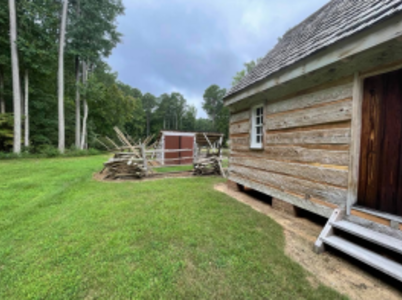

As the creator of the YouTube channel The History Guy, I jumped at the opportunity to spend a few days in one of America’s most history-rich areas, a region rife with colonial legend and lore but plenty of forgotten facts and stories from America’s past.
Colonial Williamsburg, a history nerd’s Shangri-La, was one of the destinations my crew and I were most excited about exploring. It did not disappoint.
After our first day exploring the area’s musical and maritime heritage, we traveled centuries back in time to meet with costumed interpreters, watch an enlightening dramatic performance, and admire period art. Not the least of our experiences was learning about those who influenced our country’s founding fathers and mothers.
This includes the forgotten history of Peyton Randolph, the first president of the Continental Congress. The Peyton Randolph House reveals one of the great paradoxes of the Revolution, as it housed both free and enslaved Black people about whom we know distressingly little.
Another gem is the resplendently restored circa 1750s home of George Wythe. This lesser-known leader and scholar is considered to be the “father of American jurisprudence.” Wythe was also a teacher to many of the most important minds of the Revolutionary generation, including Jefferson and James Monroe.
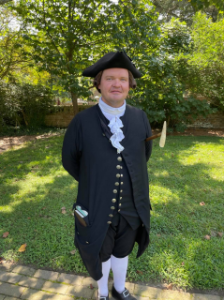
My trio of myself, my business manager, and my son grabbed a casual lunch at the Art Museums of Colonial Williamsburg and sat down to discuss what we’d learned. The three of us went over our options for the afternoon and headed to the Milliner and Mantua-maker shop.
Millinery is the design, manufacture, and sale of hats, and mantua-making is the craft of making dresses. In the 18th century, store owner Margaret Hunter ran her own business while unmarried - notable for the time.
Our final performance of the day featured several interpreters who dramatized the 1775 Dunmore Proclamation, which offered freedom to enslaved people who fled Patriot masters to fight for the British during the Revolutionary War.

The short play “Drawing the Line” highlighted the dignity of men who were willing to risk their lives for freedom that the American Revolution would not grant them.
Through the woods and onto the battlefield
On day three of our Historic Triangle adventure, we drove to Yorktown along the scenic Colonial Parkway, which winds through the National Park Service that connects Yorktown, Williamsburg, and Jamestown. There are stunning views of both the York and James Rivers, as well as of wetlands and wildlife.
Our first stop of the day was at the American Revolution Museum at Yorktown, which houses an oft-rotated collection of unforgettable artifacts, including a broadside of the July 1776 Declaration of Independence. We explored expansive galleries. Afterward, we were treated to a behind-the-scenes glimpse of several artifacts up close including an original manuscript of a court trial and an early copy of the memoirs of Ayuba Suleiman Diallo. The West African prince was captured in the slave trade, then freed and eventually sent back home.
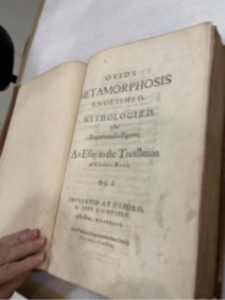
No morning is complete without coffee, which is why we were delighted to embark on a walking tour starting at Mobjack Bay Coffee Roasters. Mobjack is housed inside the Cole Digges House, which dates back to roughly 1730. Visitors can schedule several different tours of historic Yorktown and parts of the Yorktown Battlefield within the Colonial National Historic Park. Our stroll abounded with forgotten history — everything from George Washington’s French ancestors, to the reason why cannonballs are still stuck in the walls of some historic Yorktown homes.
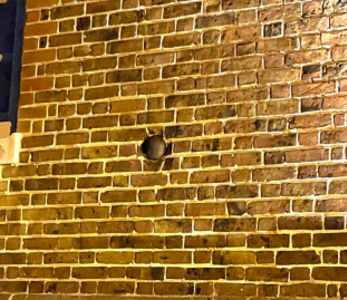
Off the beaten path in Jamestown
Our final adventures in Jamestown made for a perfect trifecta. Located near the original site of the first permanent English settlement in America, Jamestown Settlement “tells the story of 17th-century Virginia” in one of my favorite ways to learn about the past — immersion. The museum's outdoor living-history experiences are plentiful but it also offers magnificent indoor exhibits — many of which are interactive — that bring stories to life.
Notable was the tale of Powhatan's lesser-known brother who led the Powhatan confederacy against Jamestown settlers.
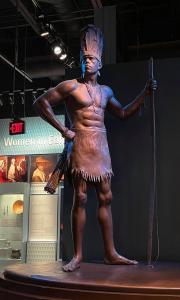
We were treated to an exclusive behind-the-scenes tour with museum curator and history savant, Beverly “Bly” Straube. She gave us glimpses into the culture surrounding settlers, including some downright scary examples of 17th-century medical instruments, and an early 1600s translation into English of Ovid’s Metamorphoses by colonist-scholar George Sandys.
Right around the corner from Jamestown Settlement is Historic Jamestowne Island, the location of the 1607 first permanent English settlement in America. An ongoing archaeological program unearthed the foundations of James Fort in 1994, where visitors can get an up-close-and-personal look at the ongoing dig.

The Nathalie P. & Alan M. Voorhees Archaearium houses the extraordinary collection that has been uncovered by the Jamestown Rediscovery project. Here, both artifacts from the settlement, as well as, the state’s largest collection of Colonial Period Indigenous peoples' artifacts tell a rich story of the interaction between the settlers and Native Americans.
In the morning, we set off for Freedom Park, which was home to one of the earliest free Black settlements in the United States. The men and women who lived here beginning in 1803, were granted freedom in the will of William Ludwell Lee and were allowed to live on the land rent-free for 10 years. A little off the beaten path, Freedom Park and its interpretive center are a unique and impressively maintained piece of history.
